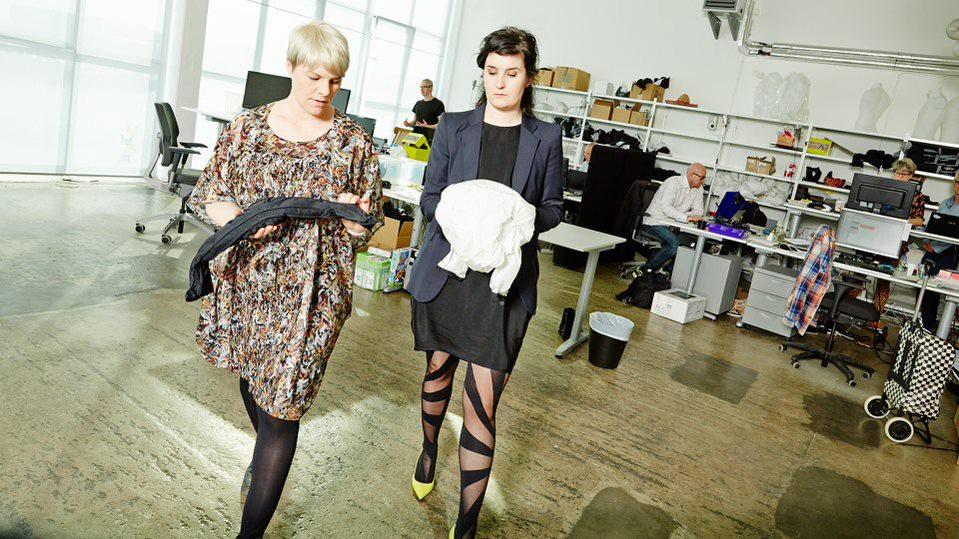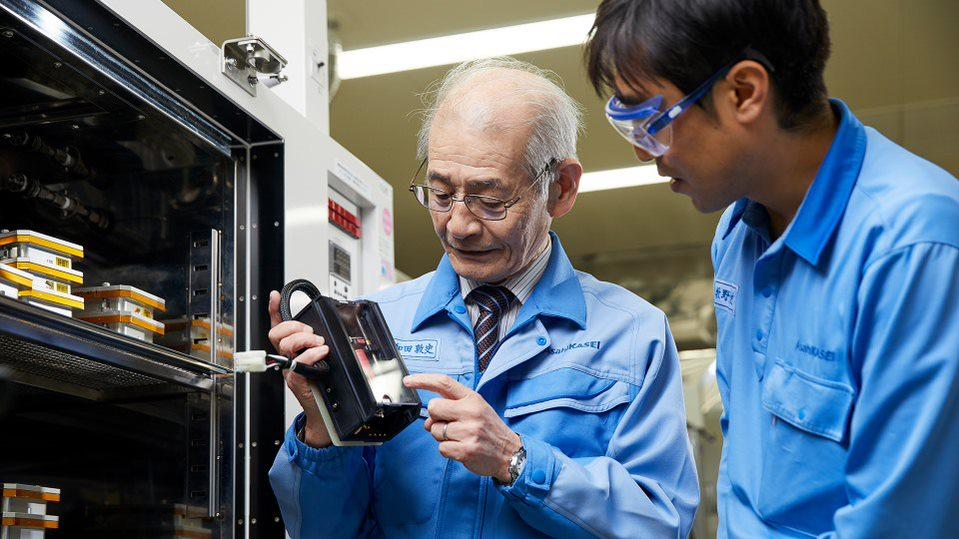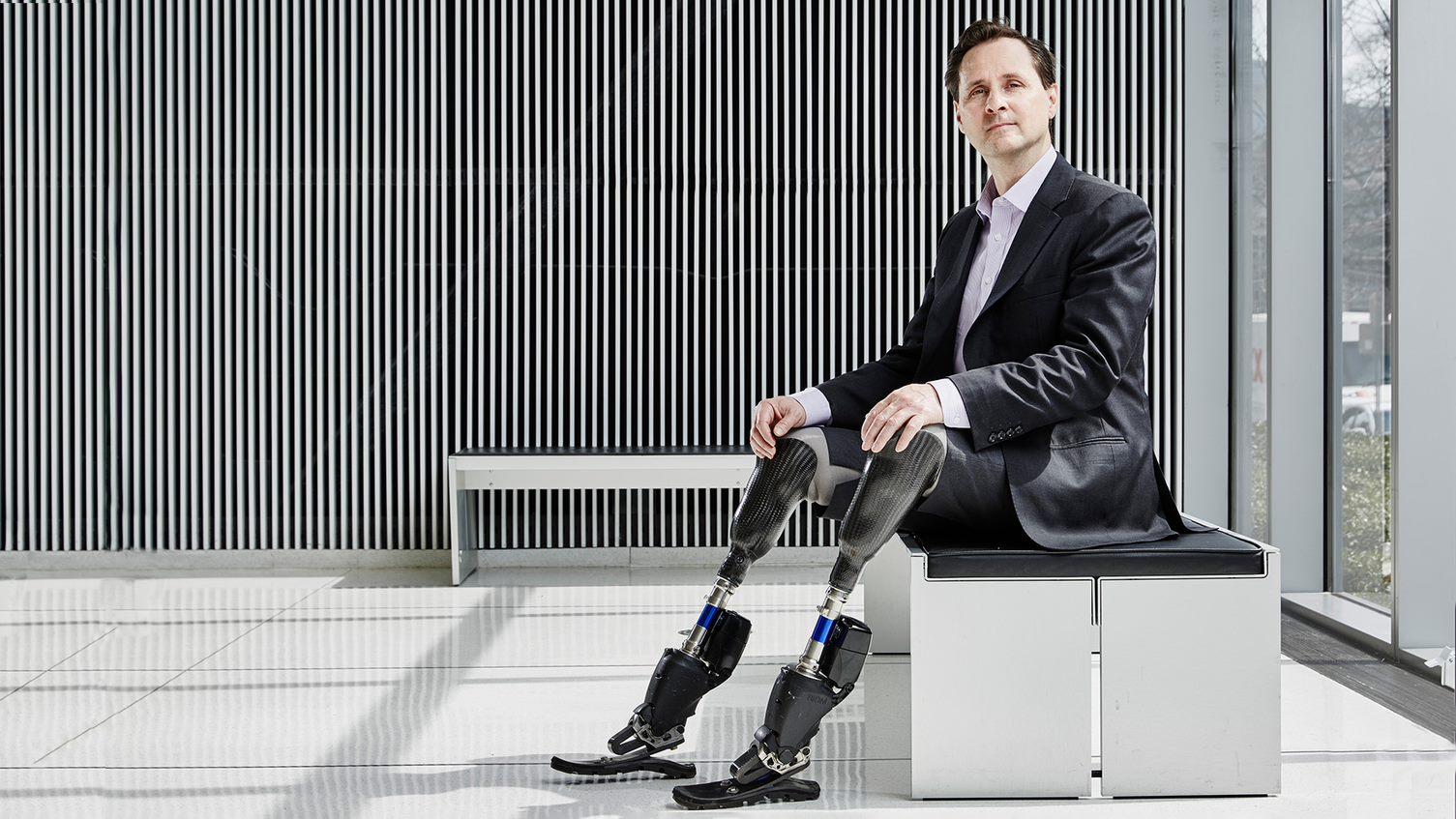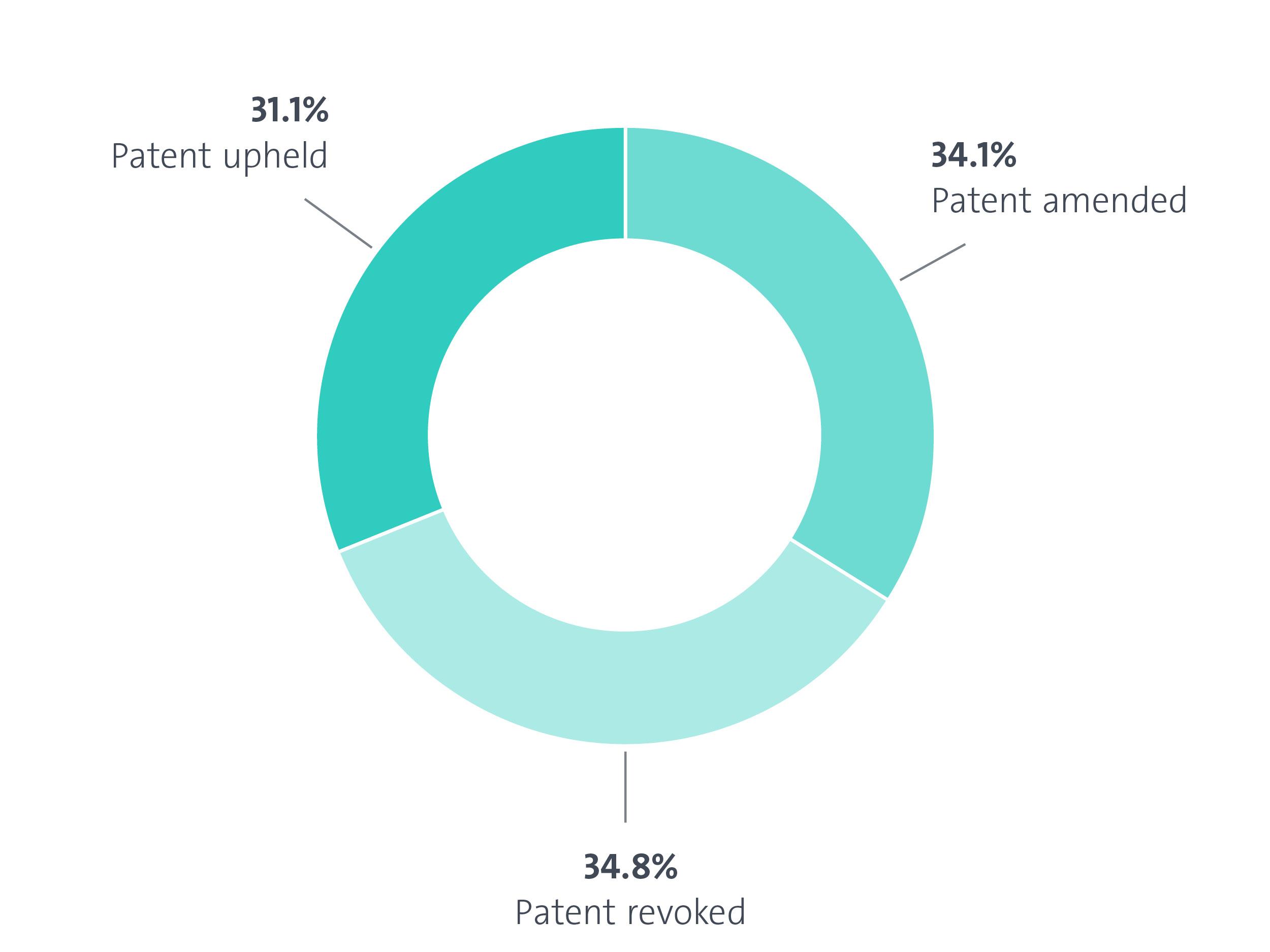What to expect
The patent application process is more complicated than, for example, applying for a passport. Filling in one form and paying a fee is not enough to guarantee success. Think of it more like applying for permission to build a house – the local authorities might raise objections and wait for you to amend your request or argue back. A house is tangible property and a patent is intellectual property – both can have an impact on other people, so the authorities take their time balancing arguments. Not all applications are successful. Only about 60% of European patent applications lead to a granted patent, the rest are withdrawn or refused along the way. Knowing more about what is expected from you, and what rights you will get in return, will greatly help your own chances for success.
Imagine you have made a technical invention – a new product or process. A patent will not necessarily confirm your right to make it. Rather, a patent gives you the right to exclude others from making, using, selling or importing your invention without your permission. This says nothing about your own rights to work with your invention, which might be limited by someone else’s earlier patent.
Imagine you are the first person to invent an electric kettle with an entirely new type of thermostat to automatically switch off the kettle when it boils. The features of your kettle are new, so it could be patented. But you might still owe licence fees to the owners of patents for earlier electric kettles on which your improvements are based. They, in turn, would need your permission to add your new features to their kettles. In this case, a cross-licence could be a win-win solution for you and the other kettle makers.
Remember that “importing” is amongst the four exclusive rights provided by a patent. In other words, patents are strictly territorial. For every country or region where you want exclusive rights to license or enforce your new technology, you’ll need a patent.

Getting a European patent: in a nutshell
File a clear and complete description
Your patent application is an instruction manual to other inventors, engineers and scientists – a recipe to enable others to replicate what you have done. For this reason, patent law requires you to describe your invention clearly and completely in your first filing. Using words and diagrams, you should explain your invention and its context, distinguishing it from what has gone before.

For example you might write: “Conventional kettles have features A, B and C. But my invention has new features D, E and F – never before seen in kettles – which provide the following advantages…”.
If essential facts are missing (e.g. you conceal the requirement for a special ingredient or particular process conditions), this could invalidate your application. Disclosure is at the heart of the “patent bargain” – a social contract in which knowledge is shared in exchange for exclusive rights if the invention is judged to deserve a patent.
The patent process starts with your “first filing” – your initial patent application, typically made at your national patent office. This gives you your “priority date” – the date from which you believe your invention is new. Any document describing the same or a similar invention published before your priority date could limit your chances of being granted a patent. Conversely, any patent filing, publication or disclosure after your priority date, including by you, will not count against your application. This is why secrecy is so important before your first filing.
Your priority date defines the start of a critical 12-month period. Any patent applications you file in other countries for the same invention during these 12 months will be treated there as if they had been filed on your priority date. This means that in your first year you can have more open discussions with suppliers, customers and investors, as well as with potential distributors and licensees in other countries, and explore numerous markets and consider your options. None of these disclosures would count against foreign patent applications you might file later in the year. But before the end of these 12 months you should have filed patent applications in those other countries where you want protection.

But take care – if you continue refining and improving your invention after your first filing, any additional technical features you develop will not be protected. They will not be entitled to your priority date because they were invented later, and it is forbidden to add them to your original patent application as amendments. These are best kept secret until they too can be the subject of a patent application.
The search reveals the closest threats and predicts obstacles
The European Patent Office provides patent searches for applications filed directly with it or submitted through the international route (Patent Cooperation Treaty). You can file your application in any of our three official languages – English, French or German. We typically deliver the search results around four months after your request, and we include a written opinion on patentability, which explains the obstacles your application is likely to face later.
Our examiners use state-of-the-art patent databases and other technical and academic literature from around the world to find evidence that could impact your application’s future chances. Once you know what similar inventions are already out there, you can take the big decisions about where or whether to proceed before the end of your “priority year”.

Publication and examination
Next, your application will be published in patent databases – typically 18 months after your priority date. This warns everyone that your patent is pending. The technical details you have guarded for months are now on public display. The good news is that potential customers, suppliers and licensees can read about your technology and perhaps approach you for a business deal.
Publication also enables the EPO to crowd-source any other evidence against your application not known to the examiners. For example, your competitors might believe that your invention is not so new and submit evidence to limit – or even block – your application. This evidence, taken together with that found earlier in the search report, will be considered by the examiners, who may request that the scope of your future patent be limited. For example, you would not be entitled to exclusive rights over all electric kettles if you had only invented a new thermostat for use in an electric kettle. The examiners’ role is to ensure that only those features of your invention that are new and inventive get exclusive protection. You don’t deserve exclusivity over other features that are known or obvious.
Grant, opposition and national validation
Once your application has been revised in response to the examiners’ objections, your patent will be granted. This may take up to four or more years from when you first filed your application. Your patent will be published again in its legally binding form (under the same publication number as before, but ending “-B” for granted instead of “-A” for application). The total EPO fees from filing to grant are typically about €6 500, spread over several years.
At this point you can enjoy protection in any of the 39 EPO member states that matter to you by paying the local fees. In many cases you also need to supply a translation for part or all of your patent in each country.

Once granted, your patent can be opposed by anyone who believes they have arguments and evidence to challenge your patent’s validity. The window of opportunity to do so is just nine months and this only happens in 3-4% of cases. Two thirds of opposed patents survive entirely or in amended form. Just over one third of all opposition outcomes are appealed. If your patent is upheld or unchallenged, you will be clear to enjoy your rights in every country or territory in which you continue to pay annual renewal fees, for a maximum of 20 years from your filing date.
Your rights can still be challenged but only in the national courts or the Unified Patent Court, where you might need to enforce your rights against infringers.
If your technology becomes obsolete, you can stop paying the annual renewal fees and then your patent lapses – and the technology becomes free for anyone else to use. Nobody can patent it again in the future.
If you think a patent application might be right for your business, read “What’s your big idea?” and “Are you ready?” before moving on to the more detailed explanations here: